Industry News
-
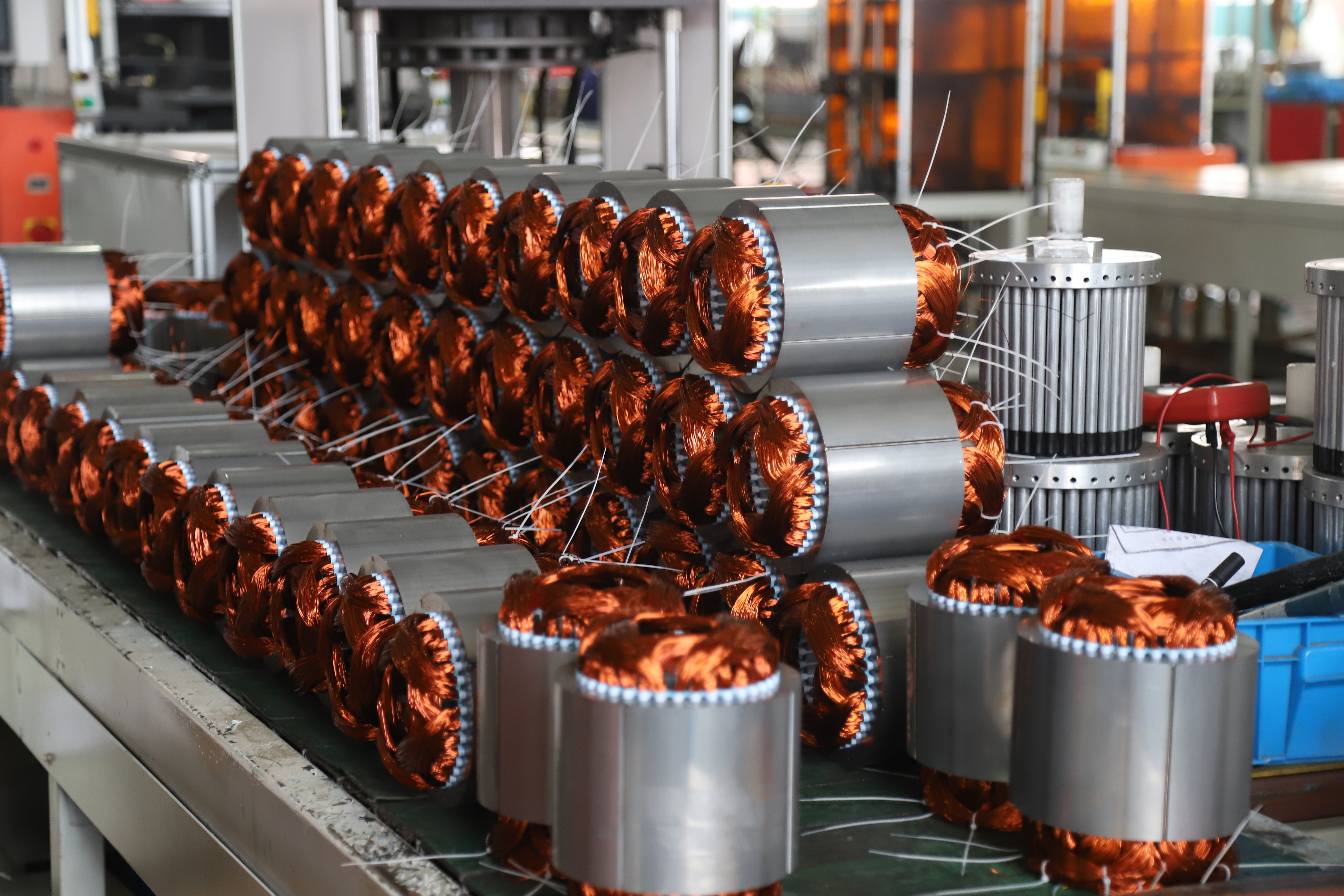
The Importance and Significance of Copper in Electric Motors
Copper is a crucial component in the manufacturing of electric motors, and its significance cannot be overstated. Electric motors are pervasive in modern society, powering everything from industrial machinery to household appliances. Copper's unique properties make it an...Read more -

Working characteristics of three-phase asynchronous motor ②
3. Power factor characteristics When the output power of an asynchronous motor changes at the rated voltage and rated frequency, the change curve of the stator power factor cosφ1=f (P2) is called the power factor characteristic. Since the total impedance obtained by the equivalent circuit of the...Read more -
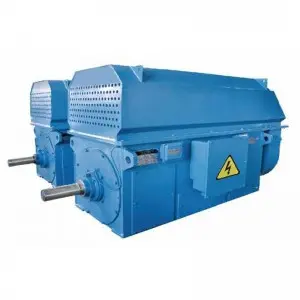
Working characteristics of three-phase asynchronous motor ①
The operating characteristics of the three-phase asynchronous motor The operating characteristics of the asynchronous motor refer to the motor’s speed n, stator current I1, power factor cosφ1, electromagnetic torque T, efficiency eta, etc. and the output power P2 when operating at rated vo...Read more -
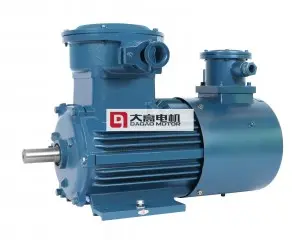
What parts does the stator of a three-phase asynchronous motor consist of?
Three-phase asynchronous motors can be divided into two types: cage type and wound rotor. Asynchronous motors, like other motors, are divided into two parts: the stator and the rotor. The stator construction of cage and wound rotor asynchronous motors is the same, only the structure of the rotor...Read more -
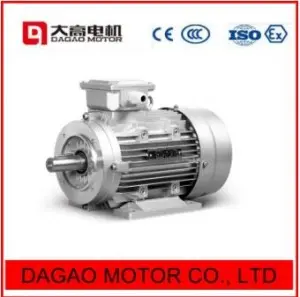
What is the difference between a three-phase synchronous motor and a three-phase asynchronous motor?
The difference between three-phase synchronous motor and three-phase asynchronous motor: 1. The structure is different. The rotor of a synchronous motor has windings and brushes to supply power to the rotor, while the rotor of an asynchronous motor has no windings and no brushes. 2. The principle...Read more -
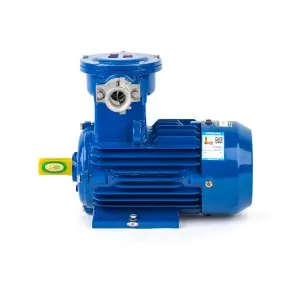
The difference between the design and selection methods of general reducer and special reducer
The biggest difference between the design and selection methods of general reducers and special reducers is that the former is suitable for various industries, but the reduction can only be designed according to a specific working condition, so when selecting, users need to consider different cor...Read more -
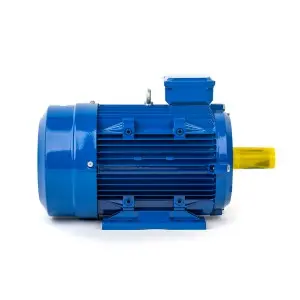
Basic structure of three-phase asynchronous motor
The three-phase asynchronous motor consists of two basic parts: a fixed stator and a rotating rotor. The rotor is installed in the inner cavity of the stator and is supported on two end covers with the help of bearings. In order to ensure that the rotor can rotate freely within the stator, there ...Read more -
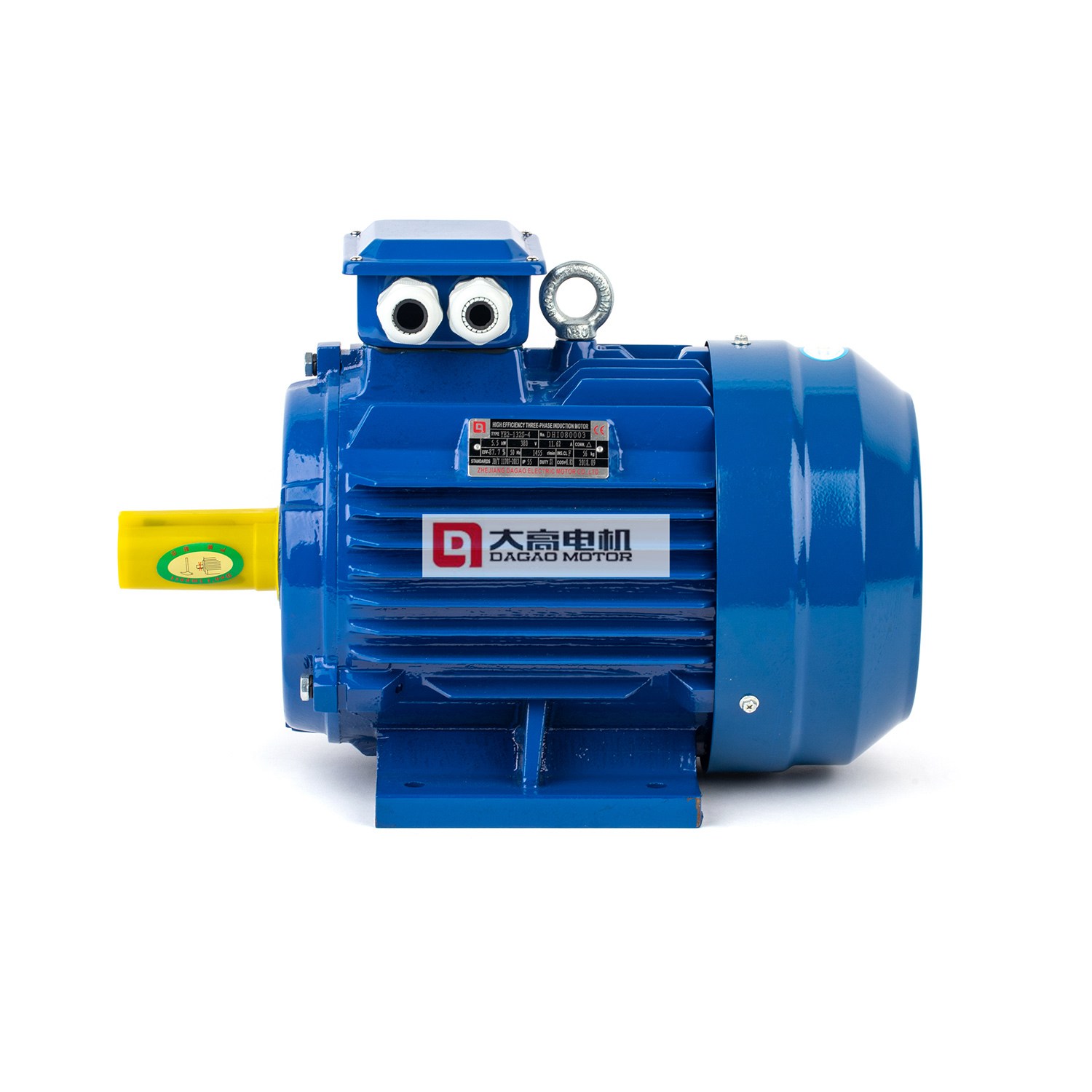
Exploring Three-Phase Asynchronous Motors
Introduction: Welcome to our latest feature, where we delve into the intricacies and applications of three-phase asynchronous motors. These marvels of engineering have a widespread usage, and we’ll explore their functionality, applications, and significance in the world of industrial motor...Read more -
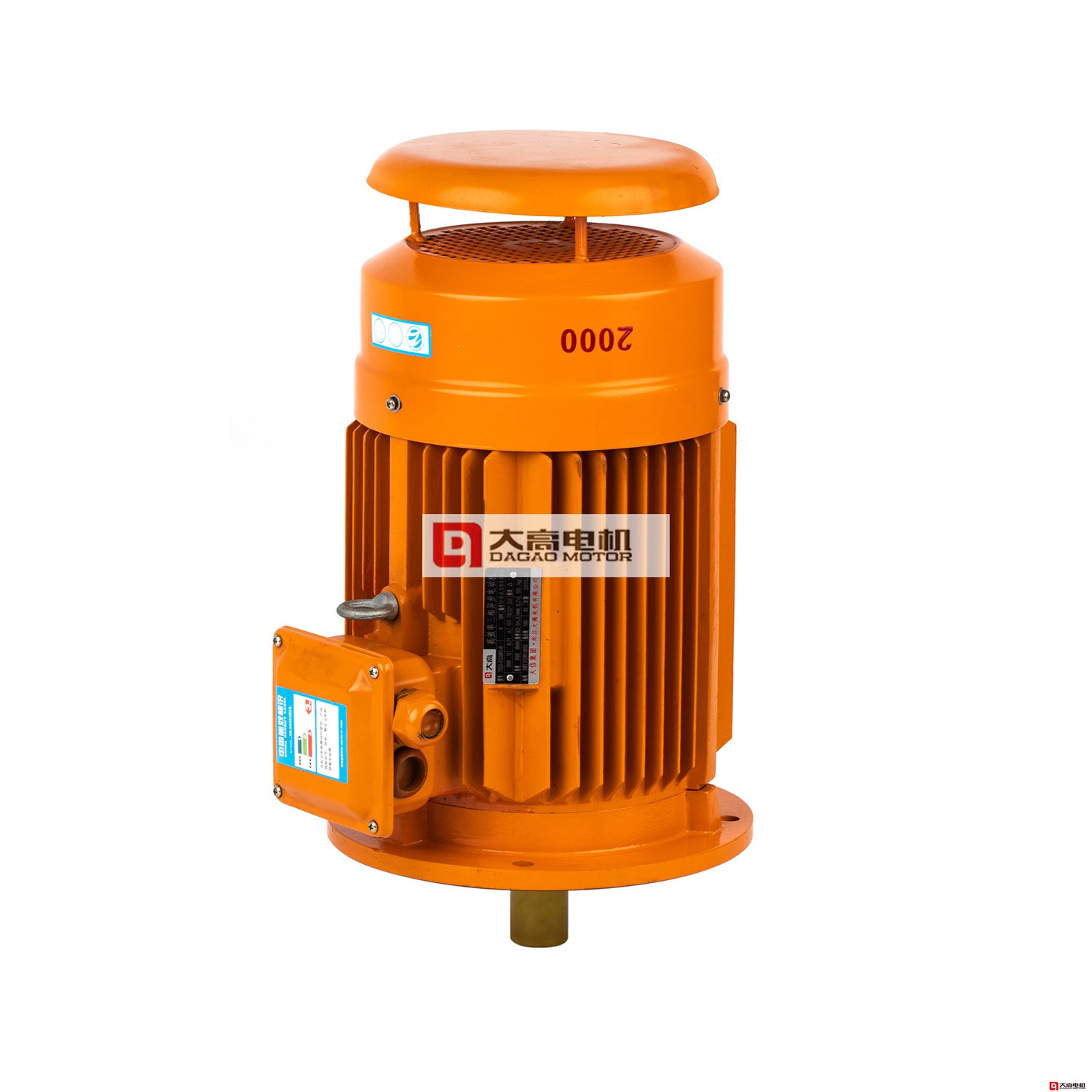
Motor temperature rise and temperature control techniques
For a motor, although it is not a uniform material body, the basic characteristics of the heating process are generally applicable to the motor. In order to ensure that the temperature rise of the motor does not exceed a certain value, it is necessary to reduce the losses generated in the motor a...Read more -
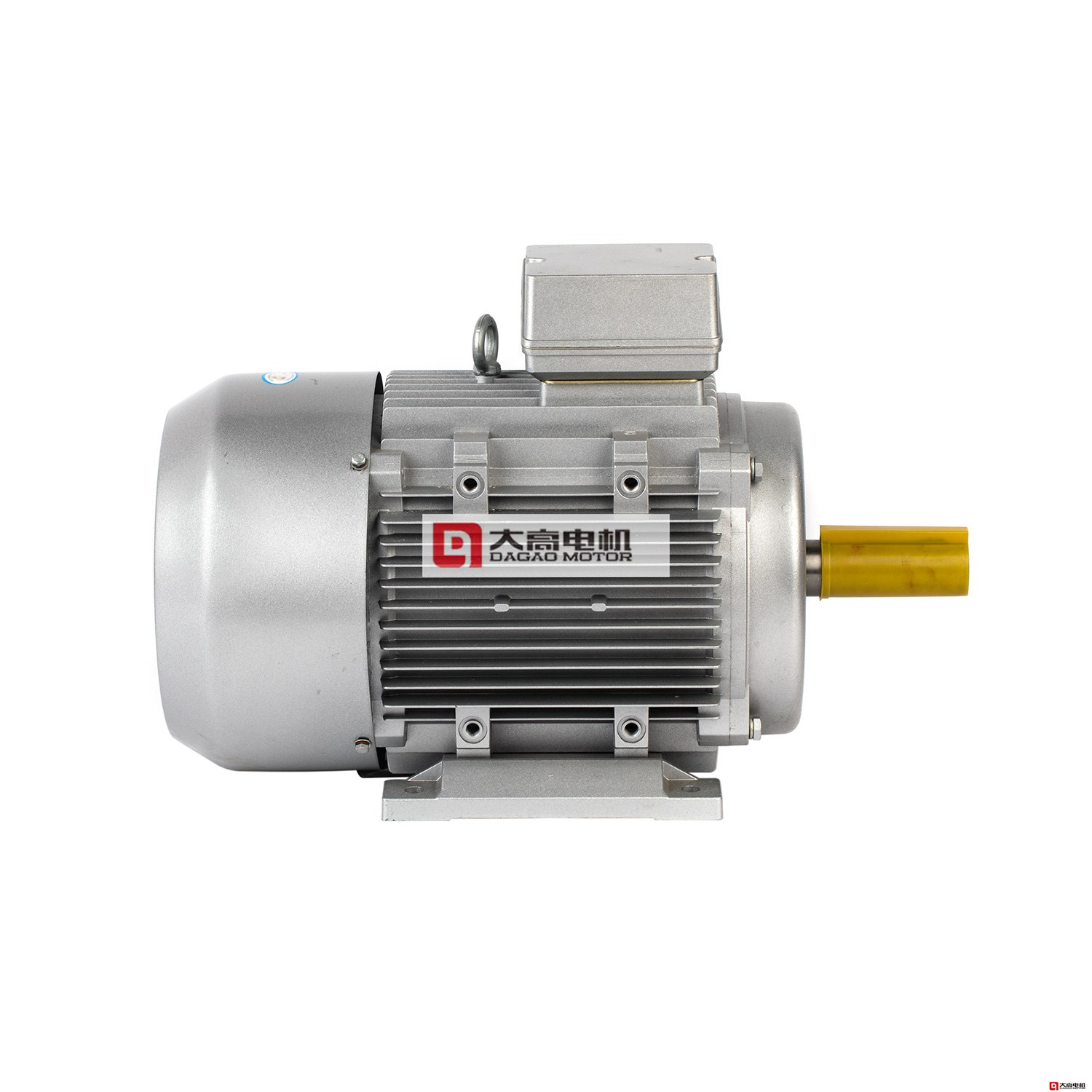
Development history and Working principle of three-phase asynchronous motors
The history of electric motors can be traced back to 1820, when Hans Christian Auster discovered the magnetic effect of current. A year later, Michael Faraday discovered electromagnetic rotation and established the first primitive DC motor. Faraday discovered electromagnetic induction in 1831, bu...Read more -
DAGAO MOTOR actively participated in the 123 Canton fair
The China import and export fair is also known as Canton fair.Founded in the spring of 1957, it is held in guangzhou in the spring and autumn of each year. It is a comprehensive international trade event with a long history, high level, large scale, a complete range of commodities, a large numbe...Read more
